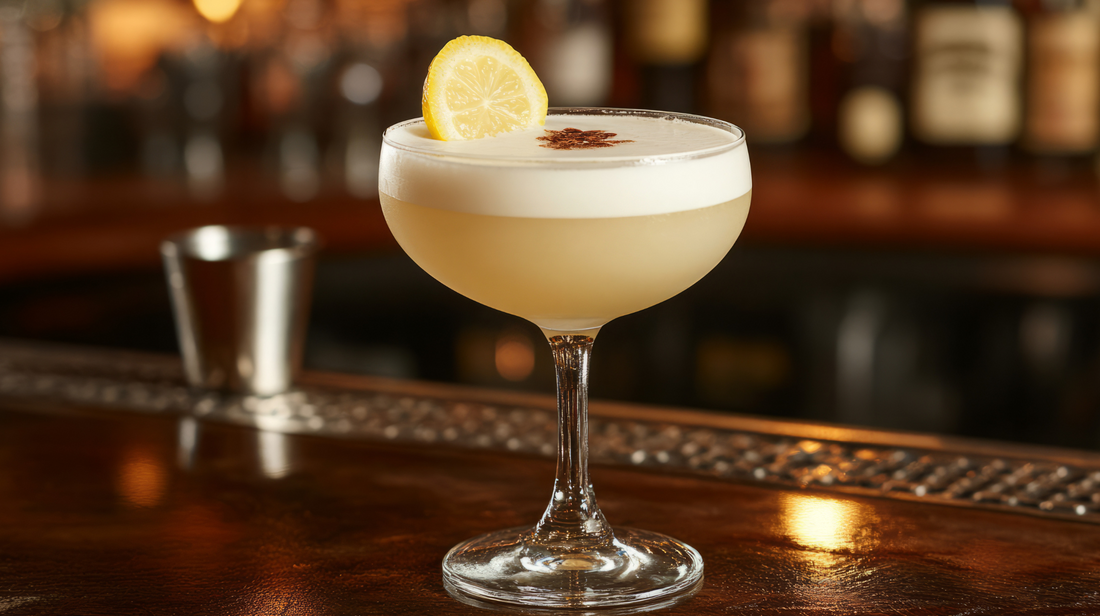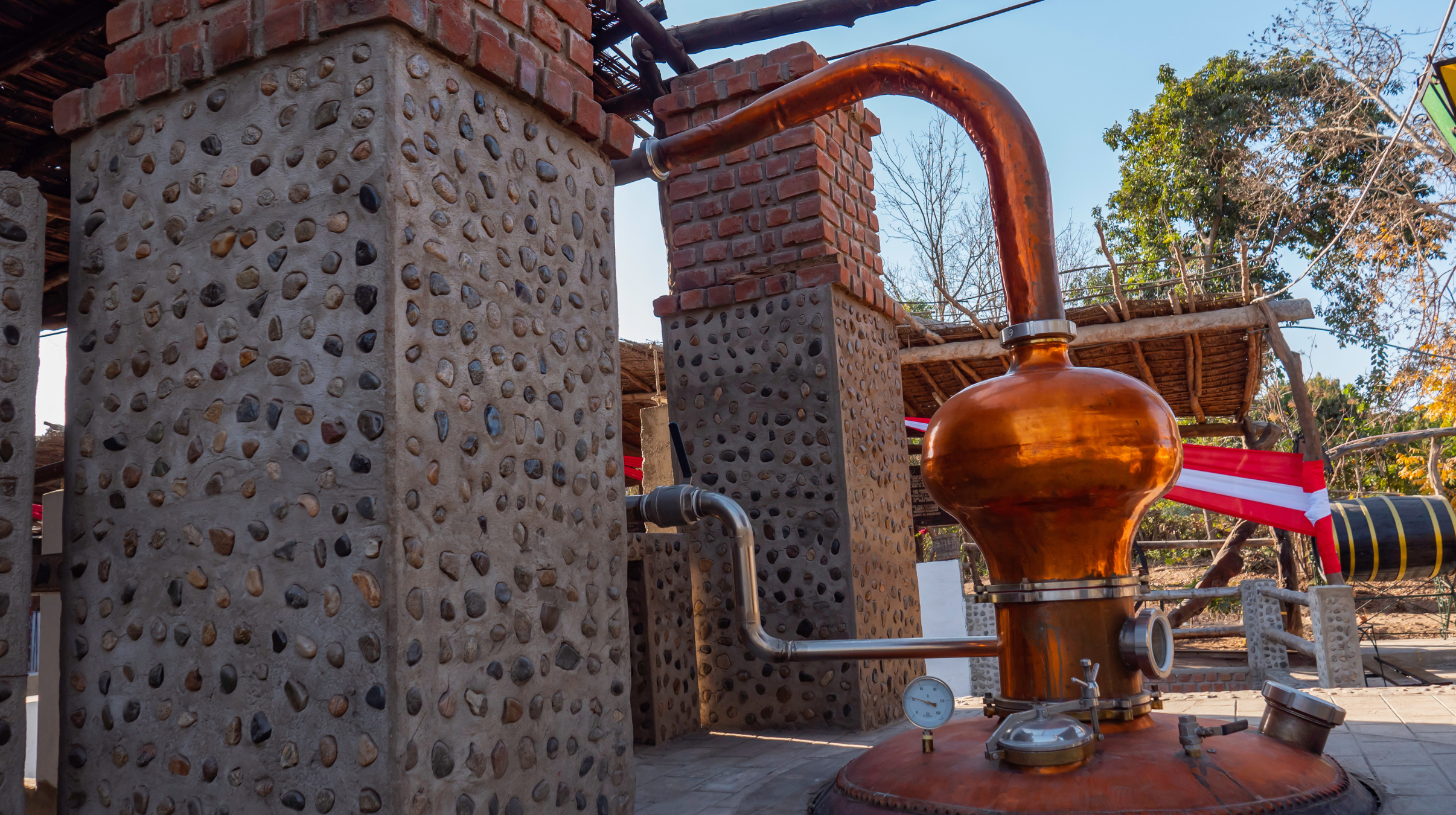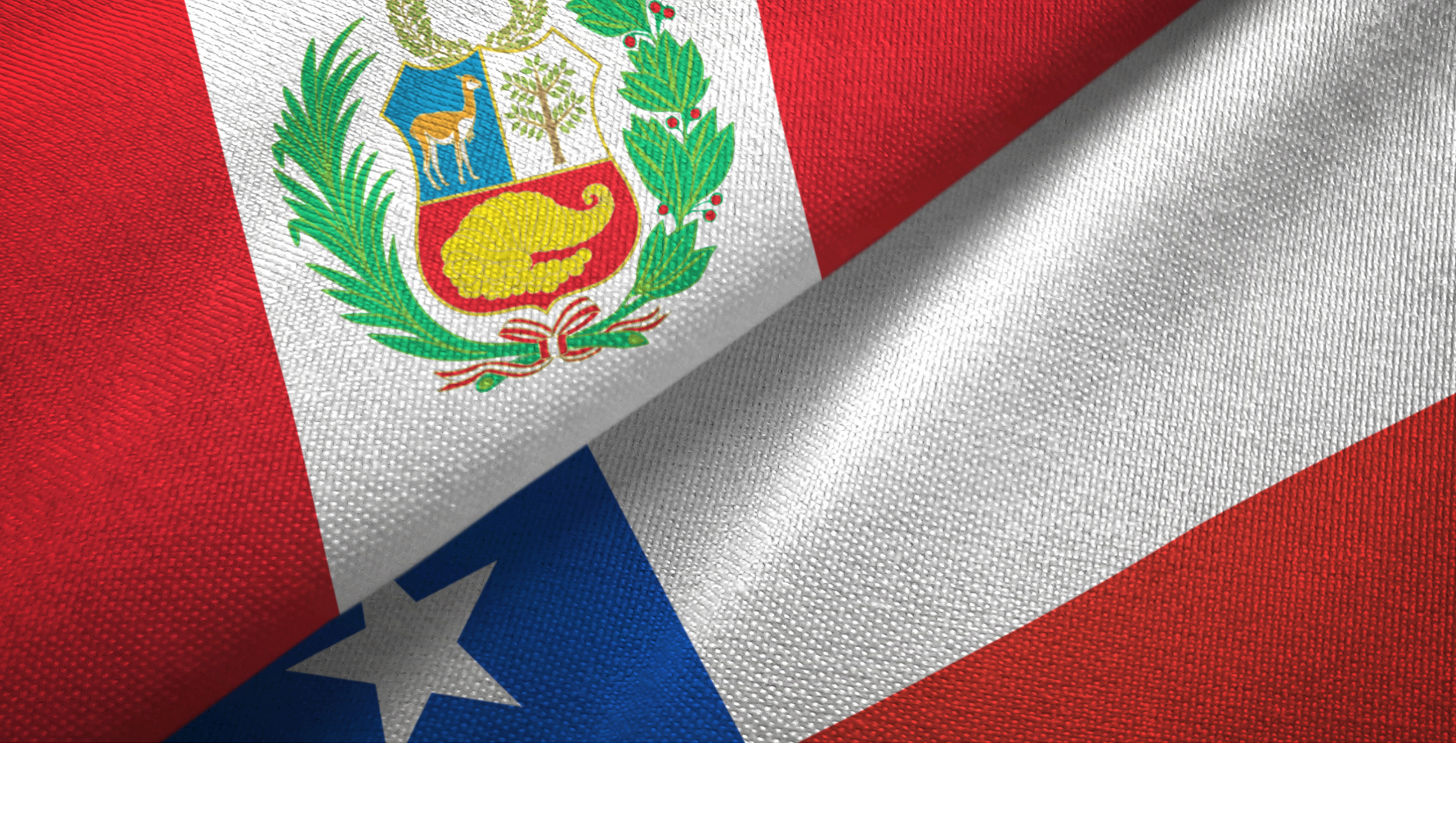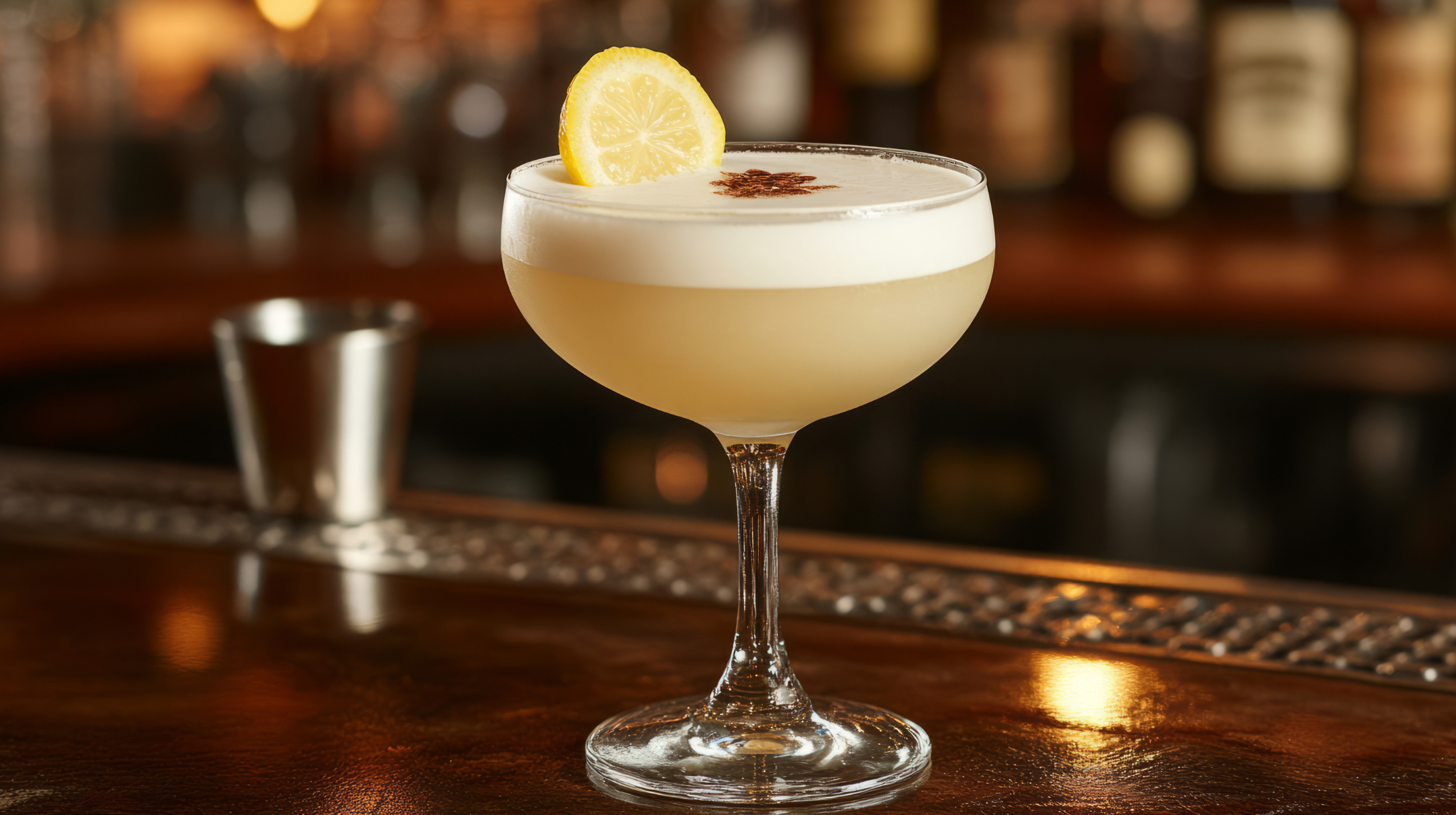
So, what is Pisco really?
Recently I was in Chicago on a beer education trip, and on this trip, I met the most amazing guy from Peru, Gueillmo who runs a wine school there. We were roommates and had the best time, I am so grateful we have become great friends. Besides sharing an amazing week and lots of Beer (passing our WSET Beer Level 2 with Distinction btw.) he also shared the amazing story of Peruvian Pisco. Full disclosure, I may always be biased to Peruvian Pisco, (Cheers buddy) but if you guys know me, I always like outstanding things.
Anyway, I am inspired to share more on pisco, a truly delicious beverage. Here is a recent post from WSET Global.
Cheers!
KN
___
For many people, Pisco is just part of a cocktail’s name: the key ingredient in the famous Pisco Sour. But what if we told you that Pisco is an entire category of brandy, crafted with as much tradition and regulation as the world’s most renowned spirits?
Pisco is South America’s most hotly contested spirit, with Peru and Chile both laying claim to its name. But beyond the legal disputes, Pisco is a distinct and complex spirit with strict production rules, unique grape varieties, and two very different national styles. So, what exactly is Pisco? And how do Peru and Chile’s versions impact the iconic Pisco Sour?
If you're keen to explore how spirits like Pisco are made and used in cocktails, the WSET Level 2 Award in Spirits offers an in-depth look at spirit production, tasting techniques, and cocktail fundamentals. Whether you're a spirits enthusiast or working in the drinks industry, this qualification will help you build a solid foundation in spirits knowledge.
What is Pisco?
Pisco is a grape brandy, meaning it is distilled from fermented grape juice. However, it is distinct from other brandies because of its unique production methods, choice of grape varieties, and strict legal regulations in both Peru and Chile.
So how does Pisco differ from other brandies?
Aromatic grapes
Most brandies use neutral, low-aroma grapes like Ugni Blanc or Airén. Pisco, on the other hand, is often made from highly aromatic grapes, particularly different varieties of Muscat, giving it floral, fruity, and citrus notes.
Minimal ageing
Unlike Cognac or Armagnac, which rely on oak aging for complexity, Pisco is typically either unaged (Peruvian) or lightly aged (Chilean), preserving the fresh, vibrant character of the grapes.
Two countries, two distinct styles
Both Peru and Chile produce Pisco, but their regulations differ significantly, leading to two distinct styles.

The legal battle: who owns ‘Pisco’?
Both Peru and Chile claim Pisco as their own.
- Peru’s argument: The name “Pisco” originates from the coastal town of Pisco, where Spanish settlers distilled grapes into brandy as early as the 16th century.
- Chile’s counterclaim: Chile has been producing Pisco for centuries under its own distinct regulations, with its own production techniques creating different expressions.
Despite international disputes, both countries legally produce Pisco, but with very different production rule
Peruvian Pisco
Peruvian Pisco follows one of the strictest brandy-making processes in the world, designed to preserve the full expression of the grapes.
Key characteristics
- Only eight grape varieties are allowed, categorised as aromatic (e.g., Muscat, Torontel, Albilla) and non-aromatic (e.g., Quebranta, Negra Criolla).
- No additives allowed – No sugar, water, or colouring can be added after distillation.
- Single distillation – Peruvian Pisco is distilled only once, ensuring a bold, unfiltered expression of the grapes.
- Bottled at still strength – It must be bottled at the exact strength it comes off the still (38–48% ABV) without dilution.
- No wood ageing – The spirit must rest in inert containers (glass or stainless steel) for at least three months, preserving the pure fruit flavours.
Three main styles of Peruvian Pisco
- Pisco Puro – Made from a single grape variety, with the name of the grape appearing on the label.
- Pisco Mosto Verde – Distilled from partially fermented wine, meaning some sugar remains, leading to a richer, silkier texture.
- Pisco Acholado – A blend of multiple grape varieties, giving it greater complexity.
The result?
Peruvian Pisco is highly aromatic, bold, and full-bodied, making it ideal for cocktails like the Pisco Sour, but also complex enough for sipping neat.
Chilean Pisco
Chilean Pisco follows a more flexible production process, allowing for a broader range of styles.
Key characteristics
- Eleven grape varieties are allowed, many different from Peru’s selection.
- Double distillation is the norm, leading to a smoother, more refined spirit.
- Distillation strength can reach 73% ABV, compared to Peru’s lower limit.
- Dilution is allowed – Unlike Peruvian Pisco, which is bottled at still strength, Chilean Pisco is diluted before bottling.
- Ageing is optional – Chilean Pisco must be rested at least 60 days, but many producers age it in wooden barrels, sometimes using Rauli wood instead of oak.
Classification by alcohol strength:
- Corriente/Tradicional – 30% ABV
- Especial – 35% ABV
- Reservado – 40% ABV
- Gran Pisco – 43% ABV
Aged Pisco classifications:
- Guarda – Aged for at least 180 days
- Envejecido – Aged for at least 360 days
The result?
Chilean Pisco can be lighter or richer, depending on ageing and dilution choices. It is versatile in cocktails and smooth enough for sipping.
So what is a Pisco Sour?
The Pisco Sour belongs to the short sour family—cocktails built on a simple strong-sour-sweet balance. A base spirit, citrus juice, and simple syrup form the foundation, while shaking chills, aerates, and lightly dilutes the drink for a smooth texture.
Egg white (or a vegan alternative like aquafaba) is key to a Pisco Sour’s signature silky mouthfeel and foam head.
While some modern sours experiment with flavoured sweeteners or alternative acids, the Pisco Sour sticks to the classic formula, letting the grape-forward spirit shine.
- Peruvian Pisco Sours are bold, aromatic, and fruit-forward, with a full texture due to the spirit’s undiluted strength.
- Chilean Pisco Sours are often softer and more structured, particularly if made with an aged Chilean Pisco. Some Chilean recipes use lemon juice instead of lime, and some omit the egg white for a lighter texture.

Two variations to try
Classic Peruvian Pisco Sour
- 60ml Peruvian Pisco
- 30ml Fresh lime juice
- 20ml Simple syrup
- 1 egg white
- 3 dashes Angostura bitters
Chilean-Style Pisco Sour
- 60ml Chilean Pisco
- 30ml Fresh limón de pica (or lemon juice)
- 20ml Simple syrup
- Egg white (optional)
- Bitters (optional)
Both versions should be dry shaken (without ice) to create foam, then shaken again with ice before straining into a chilled glass.
So, what is Pisco really?
Pisco isn’t just the base of a great cocktail—it is a centuries-old spirit with a deep cultural heritage. While Peruvian Pisco highlights pure grape expression, Chilean Pisco offers versatility and structure. Looking for the best way to celebrate Pisco Sour Day? Try both styles and discover your preferences.
If you want to build your spirits knowledge, the WSET Level 2 Award in Spirits explores how different production methods shape spirits like Pisco, while also covering tasting techniques, spirits service, and cocktails. This course is designed for spirits enthusiasts and industry professionals alike, providing a structured way to understand and appreciate spirits on a deeper level.
